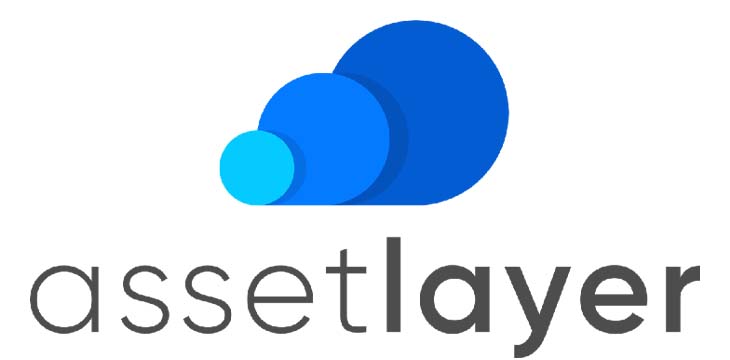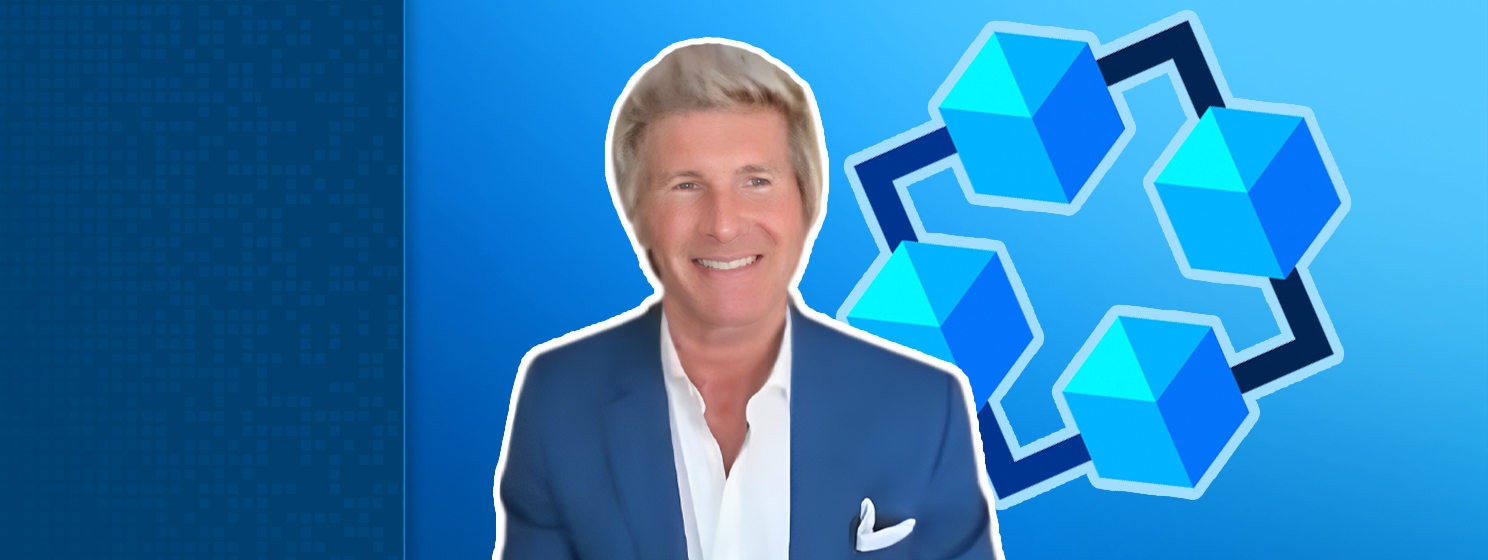
|
Getting your Trinity Audio player ready... |
NFTY Jigs announced their rebrand to Asset Layer, the simplest, most affordable way to create and manage digital assets. I caught up with CEO Jackson Laskey to discuss the rebrand and the future of the platform.
How did the (negative) public perception of the term “NFT” factor in the decision to rebrand?
Jackson Laskey: It wasn’t so much negativity as much as it is that the public has a narrow vision of what NFTs are. This more than anything is what made us feel that the term digital asset would serve us better. We still use the term NFT to refer to the ownership mechanism we use for digital assets, but we want to open people’s minds to the possibilities both in terms of what digital assets can be as well as where they can be used. If people look at Asset Layer and think “trading JPEGs,” we haven’t done our jobs.
Did RUN (who coined the term Jigs for NFTs) announcing their pivot have anything to do with the decision to rebrand?
Jackson Laskey: While their pivot was unrelated, we ended up not utilizing the term Jigs in our product. We’ve tried to simplify the process of creating blockchain-powered digital assets as much as possible. We didn’t want people to have to understand the inner workings of token protocols to be able to use Asset Layer. So, the terms associated with RUN ended up not being relevant to our users, and since the term NFT is much more standard, we went with that over Jigs.
How important is a no-code tool to create and manage digital assets in facilitating adoption?
Jackson Laskey: Gaming is our focus today, and I think the no-code tool is extremely important in gaming. A lot of game developers are more artist than developer—they use tools like Unreal Engine and Unity where very little if any code is needed to create powerful applications. We are working towards integrating with these platforms so that game developers can create digital assets and integrate them into games without writing a single line of code.
We are also extremely focused on fostering creator economies for games. Illustrators, animators, 3D modelers and other creators who can provide amazing digital assets for games need a platform that allows them to make their digital assets available to games and gamers without dealing with code. Even for great developers, we think a lot of functions that could be done through our API will be done through the no-code tool because it is just easier.
Has Asset Layer developed their own wallet?
Jackson Laskey: No, we are using HandCash exclusively because it is the only wallet that delivers what Asset Layer requires. In a sense, we have co-developed a digital asset wallet extension with HandCash, but for BSV users who are already familiar with the HandCash experience, using Asset Layer apps (which are by definition also HandCash apps) will be the same.
What programming language(s) will the SDK for Asset Layer be implemented in?
Jackson Laskey: NodeJS (JavaScript) to start. If there is strong demand for other languages, then we will add SDK support.
How flexible will royalty payments and permissions be for creators who launch on the platform?
Jackson Laskey: To start, royalties will be 5% for all creators. Over time we plan to add more flexibility. Permissions are really managed by the apps. Creators add their collections to “slots” which are owned by apps. Slots group collections by function (e.g., Duro Dogs’ items populate three slots: hats, glasses, collars). Apps can accept or reject collections and grant various levels of access to other apps.
How will the initial toolset focus on interoperability?
Jackson Laskey: It’s extremely easy to share digital assets across apps using our API. Just request permission from the App that has digital assets you want to use in your app, and when you receive that permission, you can access those NFTs and the files they use via our API.
At the end of the day, interoperability is something that has to be delivered and coordinated by apps, but we’ve done as much as we can with our API, cloud-storage, and digital asset taxonomy to make it as achievable as possible. We drew a lot on our experience building Duro Dogs and then Ruff Runner when designing the platform.
How crucial are the ability to execute micropayments at scale to Asset Layer’s business model?
Jackson Laskey: Micropayments are very important for us. They help us keep costs low, since the minimum payment size has a lot to do with the fees we pay to miners. Just as importantly, we think micropayments are extremely important for interoperability because they help facilitate commercial models that are more appropriate for situations where many apps are utilizing the same digital assets and serving the same community.
What is the latest status and priority of card game Hash War?
Jackson Laskey: We’ve continued making progress. We have a text-based version which is playable that we’ve used for internal testing. Unfortunately, we are a small team and Hash War is not our top priority. Hash War is a very new type of TCG (Trading Card Game), it isn’t just a MTG (Magic The Gathering) or a Hearthstone clone.
There are a lot of new, digital-first mechanics, so it isn’t as simple of a game to make as Duro Dogs, which is also not that simple under the hood. But, for those who are excited about Hash War, know that we are still committed to building this game and we are more confident than ever that it will be a hit when we can get it over the finish line based on our playtesting.
Will Asset Layer have public APIs for third parties to display marketplace data, trading volume, etc.?
Jackson Laskey: It isn’t our top priority, but we will find a way to make this data available in an appropriately private way. What we will provide support for right away is sharing actual marketplace listings through our API. For example, if you list a Duro Dog for sale at durodogs.com, it will also be listed for sale at assetlayer.com. So, for apps that want to host their own marketplaces but still get the visibility from multi-app marketplaces, Asset Layer is a great solution.
Thank you, Jackson, for taking the time to answer my questions. I hope the readers learned more about Asset Layer. Check out the site here, and the presentation by Jackson at the Unbounded Capital VC Summit.

 11-21-2024
11-21-2024


